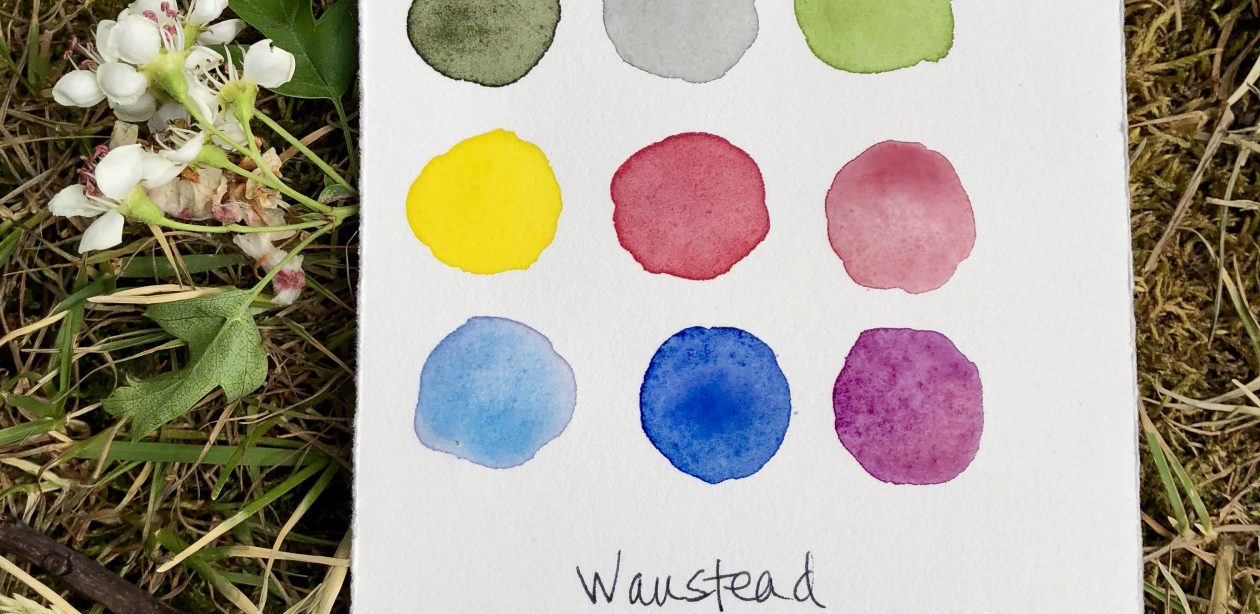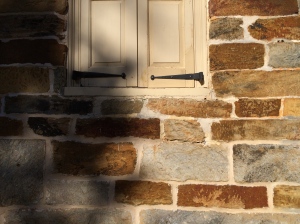This past fall I took advantage of a trip to the south to explore the home of distant ancestors who lived in South Carolina and North Carolina during and immediately following the American Revolution. What I discovered there was both enthralling and disturbing.
About a year previous I had turned the focus of my research skills, which I use for my work as a landscape historian, from learning about other people’s histories to my own. Though I spent a great deal of time with my great-grandmother Pearl before she died in 1995, I realized I knew very little about her parents and their parents before them. I thought I’d find a few interesting morsels of information and that the process would take a weekend or two at most. I figured I’d find more dead ends than real information, such is the way of historic research. Countless hours, weeks and now more than a year since I started I have traced my lineage to some incredibly interesting places and periods of time. As I stood next to the graves of my 5th great-grandparents in a small family cemetery in northwestern South Carolina on a crisp sunny October day I couldn’t believe the twists that had led me there.
Henry and Christina Jane Hauser’s stone house still stands on National Park Service property within the bounds of Kings Mountain National Military Park that commemorates one of the battles between the patriots and the British army in the waning days of the war. Henry bought the property after the American Revolution and married Christina Jane Heafner, whose family lived just across the border in North Carolina. Because the house is stone it has persisted since the late 18th century and because it was located within a national park it has been preserved since it was abandoned in the early 20th century. The landscape, once a sprawling farm with many outbuildings, fields, orchards and woodlots, is but a shadow of itself.
There are many holes in the research about the Hausers and their property, but ironically enough the National Park Service is working on a cultural landscape report (one of the primary projects I work on as a landscape historian) for the property, building on previous surveys of the house and landscape.
What I do know is that Henry was a man of means and property and in reading his will and reviewing census information I discovered that he was also a slave owner. Perhaps that shouldn’t have been surprising to me (given the era and the place), but it was and it still hurts when I think about it. It was likely their handful of slaves that built the stone house which still stands, farmed the fields that have since disappeared, and were then bought by other members of the family once he died. I walked through their house and stood next to their graves and tried to envision their lives in this place. Trying to understand who they were and why they owned slaves, but was also retracing the research journey that had led me there and realizing there were circumstances that had conspired to make this happen. Small bits of fate that pushed me to have this experience.
A few days later I was at a historic preservation conference in Savannah, the reason I was in the area in the first place, and had the honor of speaking to two women. They were descendants of slaves from a plantation outside Charleston, South Carolina some 200 miles away from my ancestor’s property. The experience couldn’t have been more welcome. The feelings I’d been trying to grapple with since learning about my ancestors were coming full circle. Descendants from both sides of this haunting history talking about place and memory and how to move forward. It was an experience I will never forget. And it has pushed me to keep researching and keep looking for opportunities to travel to places with deep connections.




